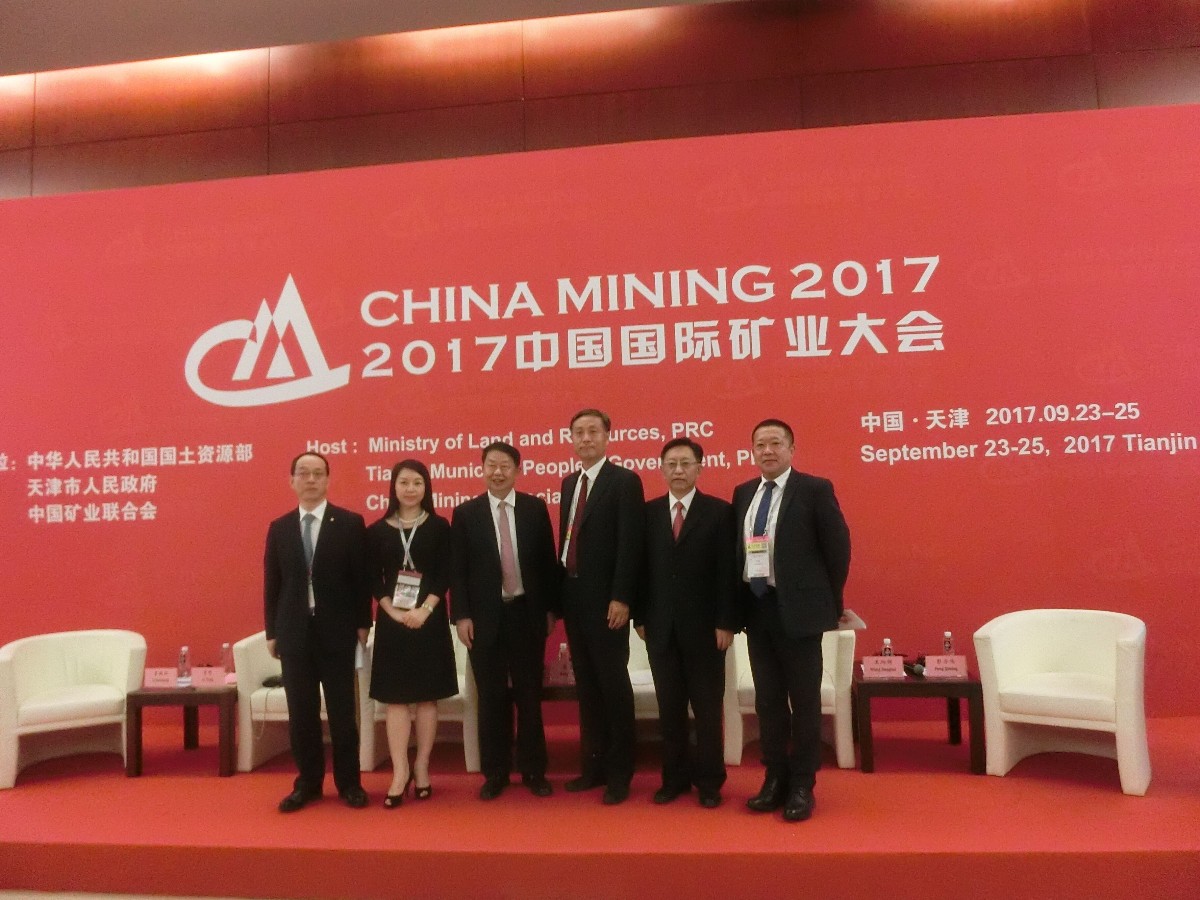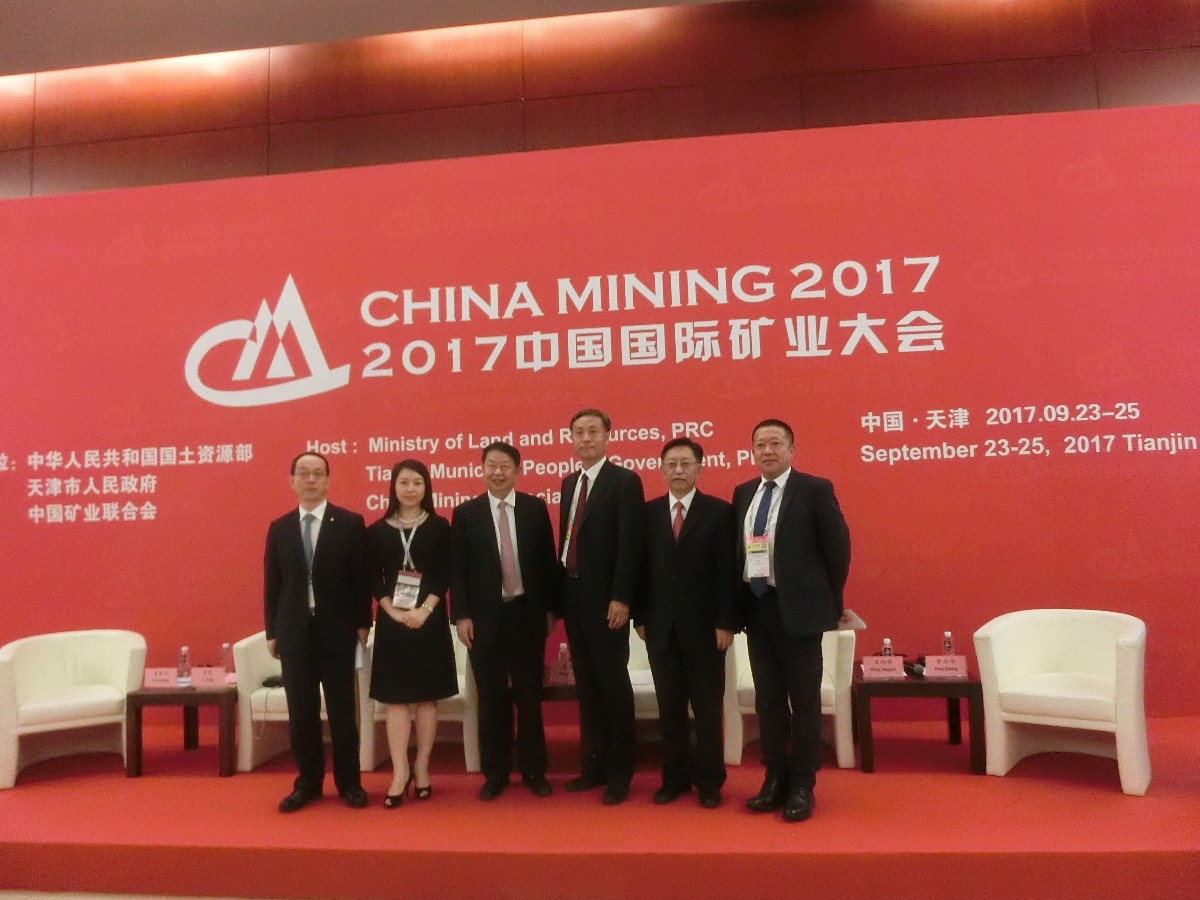With top government energy officials and industry leaders from China and the United States filling a downtown Denver convention hall, Jon Creyts felt quite at home.
At the 8th Annual U.S.-China Energy Efficiency Forum held here on Friday, the managing director at the Rocky Mountain Institute (RMI), a non-profit U.S. organization, headed a closing panel that addressed future trends in China's energy revolution.
"Regarding cooperation between the U.S. and China -- there is no area we should agree on more than the benefits of energy efficiency," Creyts told Xinhua, noting that the two countries produce 43 percent of the world's harmful carbon dioxide emissions and a stunning 38 percent of all global energy use.
In an exclusive interview with Xinhua Saturday, Creyts reiterated the inevitability of a global transfer to renewable energies in the near future.
"We are going to flip from predominately carbon-based energy to renewables -- and that means using a minimum amount of petroleum and fuel in the future," he said, emphasizing that China had became a leader in this field.
"China is undoubtedly on the top of the leaders in energy efficiency. It is growing its clean energy base faster than anyone in the world and pursuing energy alternatives faster than anyone in the world," said the recognized global expert on China's vast and complex energy sector.
He contributed the achievement to the Chinese government's desire and unique system advantage.
"I have found in my collaboration with Chinese leaders their dedication and eagerness to collaborate and do things differently," he said. "China has a sincere desire for clean air understanding that the science is there, and they are not encumbered by the same restrictions as the United States. They get things done quickly."
"It is always exciting to work with people dedicated to the same goal," he said.
Creyts, a UC-Berkeley mechanical engineering Ph.D., noted that since energy management technology and avenues are expanding and changing rapidly, conservation and analysis are extremely needed.
When asked about the Chinese citizens' impatience with the progress of correcting air pollution, Creyts said, "It is that dissatisfaction that will increase the change faster."
"The USA does have blue skies, and in some ways people don't feel compelled to act," Creyts said. "China can deal with the economics of growth and climate change, and the adoption of renewable energy that we don't see in the U.S."
In 2013, RMI launched an ambitious program titled "Reinventing Fire: China" that proposed radical changes to China's vast and complicated energy sector, with a roadmap detailing benefits of a transfer to renewable energies by 2025.
Reinventing Fire shows how China can realize a six-fold economic growth by 2050 using almost the same amount of energy in 2050 as it did in 2010, "but with substantially more renewable energy and less coal," Creyts said.
"Energy efficiency is often called the fifth fuel ... another fuel for us to consider," Creyts said. "The cheapest form of energy is one that was never used in the first place."
"We are talking about an 85-90 percent reduction in emissions by 2050, bringing overall consumption back to 2010 levels," Creyts said, pointing to power plant efficiency as a first area of needed improvement.





